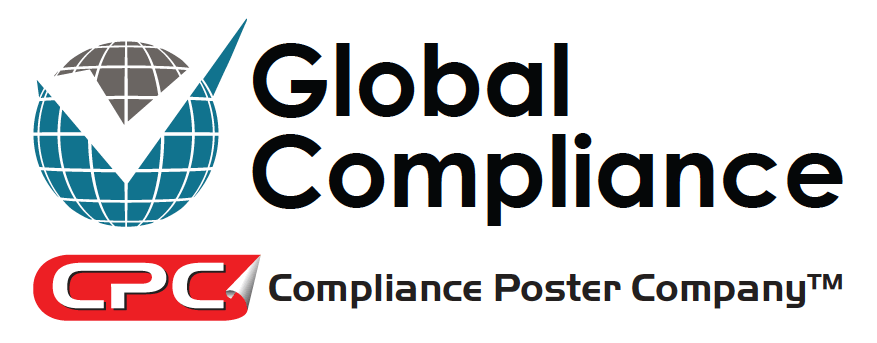Minimum Wage and Paid Sick Leave Benefits Reach Illinois Suburbs
In recent years, local minimum wage and paid sick leave laws have been taking effect all across the country. Illinois is no exception. Last year, the City of Chicago passed a minimum wage ordinance that requires employers to pay non-tipped employees at least $10.00 per hour beginning July 1, 2015. Over the next four years Read more

